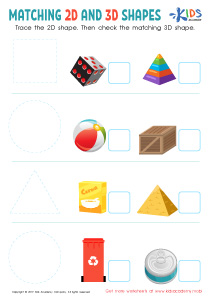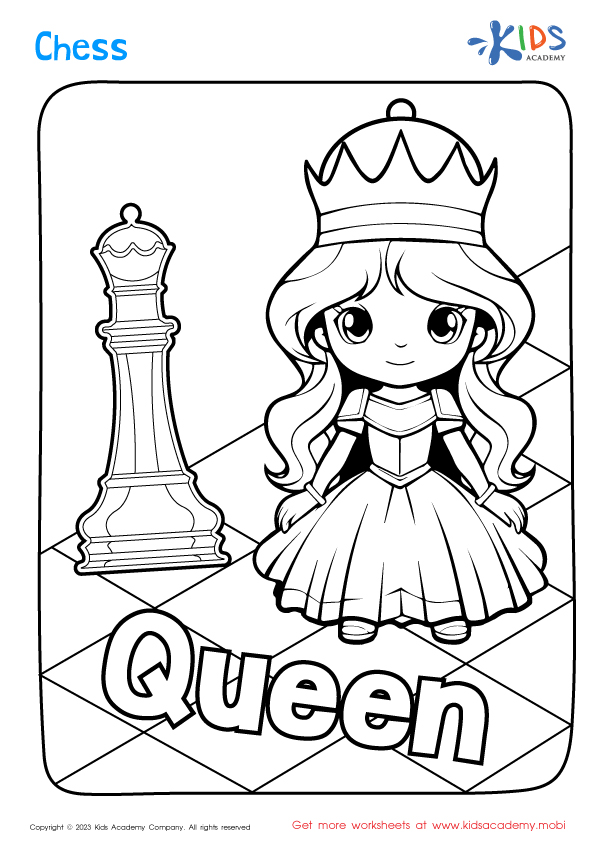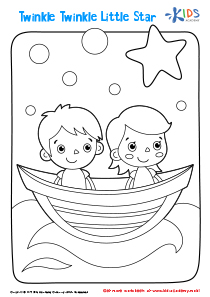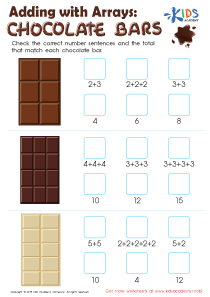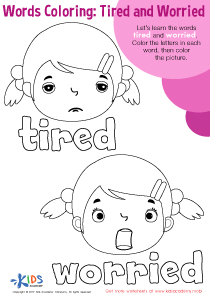Foundational Reading Lessons | Long and Short Vowels, Grade 2
5 results
Introducing our Long and Short Vowels Lessons for aspiring young readers in Grade 2! Our engaging lessons teach children the difference between long and short vowel sounds through interactive worksheets, educational videos, and assessment quizzes. With our skilled instructors guiding them through each lesson, students will learn important phonics skills that will help them become confident and proficient readers. Our fun and effective learning approach ensures that your child will not only develop a love for reading but also build a solid foundation for their literacy skills. Give your child the gift of literacy and enroll them in our Long and Short Vowels Lessons today!
Long and Short Vowels Lessons: Helping Grade 2 Kids Excel in Studies
As children in Grade 2 progress in their education, they face newer challenges in their studies. One of the crucial building blocks of language development is mastering the concept of long and short vowels. It can be a challenging concept for some children to understand, but with the help of interactive worksheets, educational videos, and assessment quizzes, these Long and Short Vowels Lessons can be very helpful in their studies and overall development.
The Long and Short Vowel Lessons are an excellent way to help children develop their phonemic awareness. Phonemic awareness is the ability to recognize, identify, and manipulate individual sounds within words. An essential aspect of phonemic awareness is recognizing the difference between long and short vowels. Long vowels make a more extended sound, and the vowel sound is held longer; as a result, the sound of the letters 'A', 'E', 'I', 'O', 'U' are different in words like "name," "red," "bike," and "boat." Meanwhile, short vowels are shorter sounds in which the letters 'A', 'E', 'I', 'O', 'U' sound different in words like "cat," "hen," "sit," and "pot." Being able to distinguish between long and short vowels can help children with reading, writing, and communication skills.
The Long and Short Vowels Lessons build up the child's foundation in the English language. Interactive worksheets offer a variety of activities, such as identifying and matching long and short vowels sounds with their respective letters, showing words and their pictures for visual reference, and even learning to read long and short vowel words. Educational videos also provide a visual and auditory medium for children to understand and practice the difference between long and short vowels. Using assessment quizzes, where children can put their newly learned long and short vowel skills to the test, provides evaluation and possible areas for further learning and practice.
Long and Short Vowels Lessons also help in increasing reading fluency. Reading fluency refers to how quickly a child can read and how well they comprehend what they read. When a child knows the difference between long and short vowels, they can read faster and more accurately. They will have an easier time reading unfamiliar words, which is beneficial in developing their overall reading skills.
Furthermore, Long and Short Vowels Lessons can be essential in improving spelling abilities.

